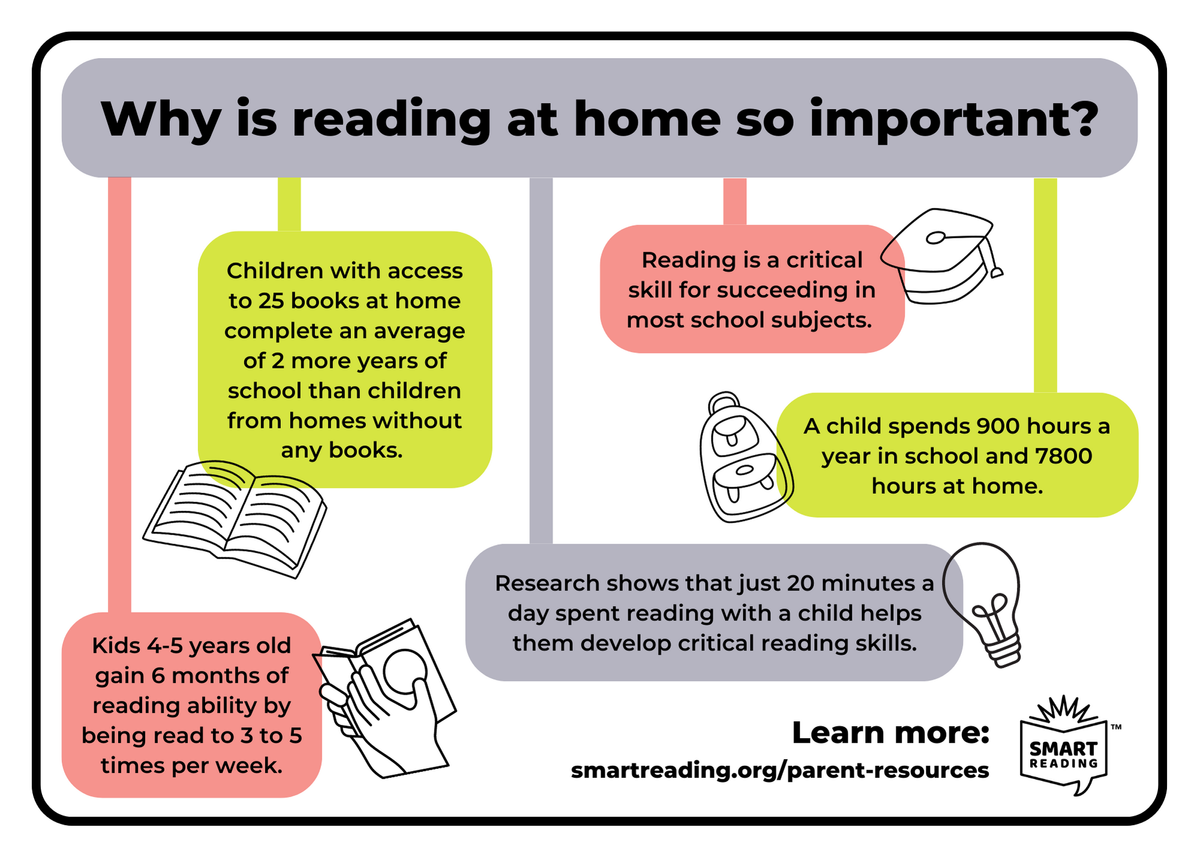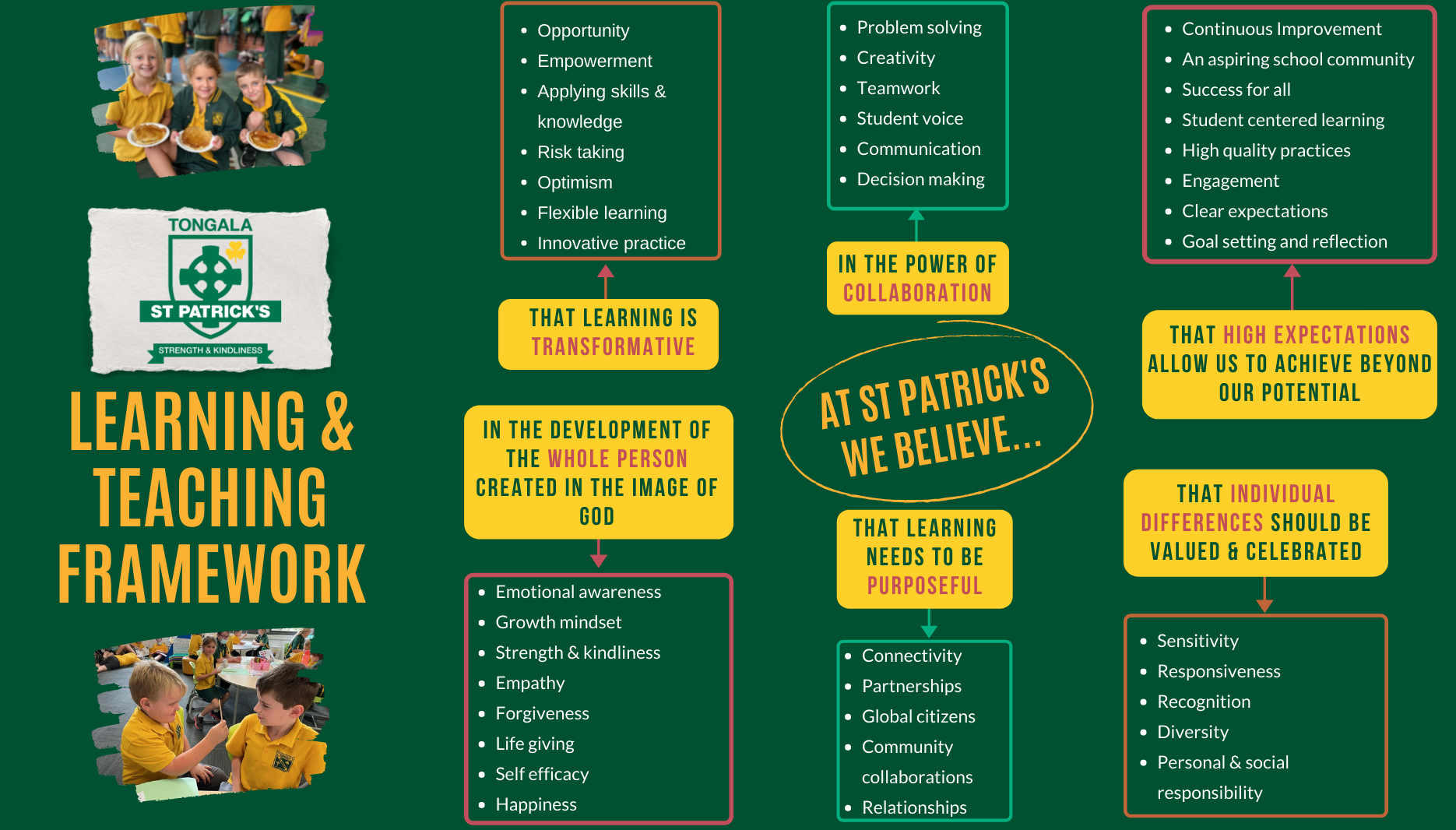Learning & Teaching
Leader: Stephanie Hayes

Learning & Teaching
Leader: Stephanie Hayes


Exciting times at St Patrick’s this term all classes are learning about Drama in their Inquiry lessons. At the end of this term we will have a whole school production where students will showcase their learning through acting out plays that they have produced in their classes as well as some dances. More information about this will come later in the term. However we thought you might like to practice some drama skills at home especially if your child is one of the main characters in their class play. Some activity ideas are below:
Dress-ups: Making sure our kids have access to bits and pieces they can use to play a part is such a simple and effective idea. I'm not talking about elaborate purchased costumes here. The dress-up box could be a laundry basket with some old hats, old clothes and lengths of material and cardboard for creating. Things like these encourage kids to use their imaginations, and that's what drama is all about.
Retelling stories: Acting out scenes from favourite books and movies is natural for many children while others may need encouragement. Even quite young kids can retell a story with a puppet, a toy, or by acting it out. This sort of play is yet another way to celebrate reading!
Role-play: This can be as low-key as playing "school" with the child as the teacher, and a parent as a student. It can also be a powerful tool to use with problems. Role-playing how to thank someone for a gift or deal with a bully really helps kids prepare for difficult situations. Taking on the role of a character like the Wolf in Little Red Riding Hood helps children gain insights into what they're reading and connect it to the real world.
Puppets: One great thing about puppets is they give shy children an opportunity to speak through something else. You don't need to buy commercial puppets; everyday objects can work just fine. Ask kids to look at things around your home from a new perspective. How would a banana walk and talk? Imagine and create a conversation between a chair and a cushion, or a cheese grater and a spoon. Making puppets is a wonderful project for crafty parents and kids, especially when you use recycled materials. Even young children can create a simple puppet with a card and craft sticks. Commercial puppets can also be transformed with scraps of material to become characters from literature, linking puppets with what children are reading.
Language Games: Word-at-a-time story is one. Ideally you need a group of kids, but it will work with two. Take turns telling a story, one word at a time. Children soon learn that what they say needs to make semantic sense, but may be as wacky and funny as their imagination dictates. Here's an example, if a small group consisted of three children, A, B, and C. A: One B: day C: we A: galloped B: to C: Mars A: on B: our C: bananas.
Improvisation: A simple way to think about improvisation is "making things up as we go along." Children and adults improvise all the time, working out how to solve problems for instance. Teachers and employers prize this sort of creative thinking, and it's another reason I encourage parents to add drama ideas to their toolkit. One simple way to begin an improvisation is by having kids dance around to music, then when the music stops, freeze. At a signal, they come to life as any character they like, moving and speaking as that character. If you have a small group of children, encourage them to make a still picture of a nursery rhyme scene, for example, then come to life and act out the rhyme.


Read Every Night
Whether you read one book or five at night, carving out time to dedicate to reading helps to teach young children that reading is important and a priority in their lives.
Find a Quiet Spot
Reading with young children can be a challenge for those who do not concentrate well.Try to find a quiet spot that allows them to not be distracted. Curling up in your lap in a favorite chair or in their room is a great way to help focus children on the book as well as show them you care.
Make Reading Exciting
Try going to your local library to check out a book or a bookstore to buy some new children’s books. By bringing your child along to select new books, they will be more interested in engaging with them when you get home.
Ask Questions
No matter the age, interact with the book by asking questions. If you have a book that happens to have more words on the page then they will concentrate on, engage the child by asking questions about the pictures and what they think may happen next. Try asking open-ended questions to hear your child’s thoughts on what the book is talking about versus questions that can be answered with a simple one-word answer.
Read About Things They Love
More than anything, reading should be fun! Choose books on topics that your child is passionate about. If they are into robots, dinosaurs, princesses, trains, or animals, find books that fit those topics. By picking a book topic that interests your child, you will have very little issue in engaging them for short periods of time to look at the pictures and follow along as you read!
Remember that the goal for family reading time is to enjoy spending time together while your child accesses a wide variety of books and new words. Even from a young age, children continue to hear and pick up new vocabulary words daily! Reading with you nightly is a key component in making sure your child has the literary foundation needed to be successful!


Students in Foundation to Grade 2 participate in daily Heggerty lessons. The Heggerty Phonemic Awareness Curriculum provides everything you need to teach daily phonemic awareness lessons in 12 minutes or less. Each level of the Heggerty Phonemic Awareness Curriculum provides up to 35 weeks of daily lessons, focusing on eight phonemic awareness skills, along with two additional activities to develop letter and sound recognition, and language awareness. Lessons are designed for a classroom setting, and only take 8-12 minutes each day. Lessons provide daily opportunities to develop phoneme awareness and proficiency through:
Rhyme
Phoneme Isolation
Blending syllables and phonemes
Segmenting syllables and phonemes
Adding syllables and phonemes
Deleting syllables and phonemes
Substituting syllables and phonemes
In the videos we have the Foundation and Grade 1- teachers modelling with their class the different skills.
Miss Hart is completing the ‘Rhyme’ section with her class. Please see link below:
https://drive.google.com/file/d/11qWcDUbECaKvqtz2-Q3Ubo0_4lgx6H1H/view?usp=sharing
Miss Hayes is completing the ‘Segmenting syllables and phonemes’ with her class. Please see link below:
https://drive.google.com/file/d/1R8PcI64ymDrha4RVHhFJ4F-oetp3REMr/view?usp=sharing
Miss Bennett is completing the ‘Adding syllables and phonemes’, ‘Deleting syllables and phonemes’, ‘Substituting syllables and phonemes’ as well as an additional activity which is reciting the nursery rhyme ‘Hickory Dickory Dock;. Please see the link below:
https://drive.google.com/file/d/1y2330wOVwTlFQqXeoynaJVSQB6O1sdOf/view?usp=sharing

